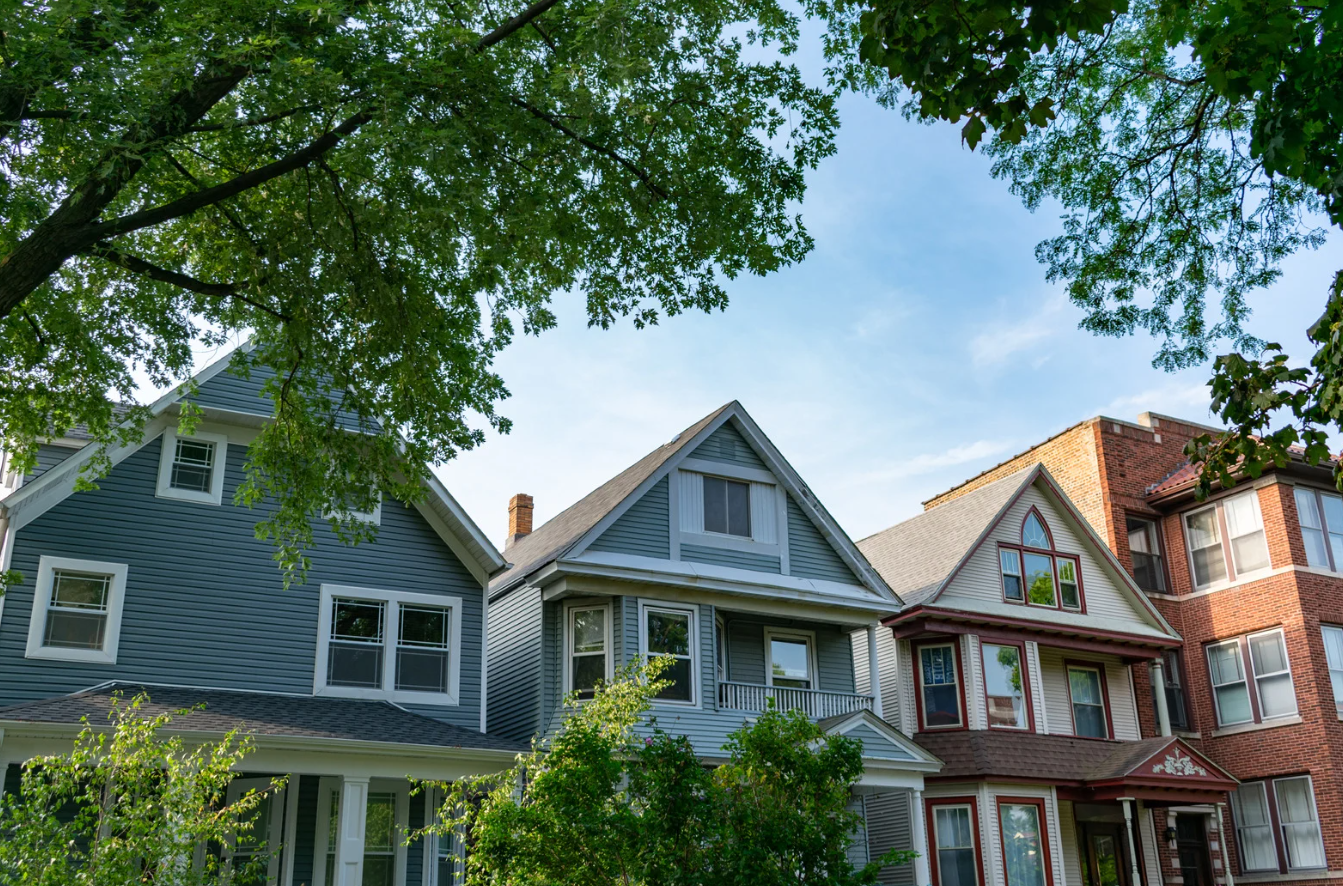The COVID-19 pandemic created economic hardships for much of 2020 and 2021. Many, who could not do their jobs remotely, were laid off by employers on a temporary basis. In some cases, those contingent hiatuses became permanent unemployment. To help struggling workers, the federal, state and local governments instituted programs that provided financial relief. In an action without precedent, The U.S. Centers for Disease Control (CDC) issued a moratorium on all evictions by landlords of renters for non-payment. In so doing, the CDC interrupted the flow of income to property owners for whom eviction is recourse when monthly rent stops.
How Did Landlords Fare during the Moratorium?
While the decrease in rental remittances sounds like a death knell for landlords, many responded to diminished returns by cutting expenses relative to home value, according to a study by JP Morgan Chase & Co. Because of these measures, only seven percent of landlords nationwide missed making their mortgage payments. Most of these were in the coastal metro areas as opposed to the middle parts of the U.S. Another common element among owners who failed to make a loan payment was the low level of cash reserves in their business accounts. Since the moratoriums were tenant-focused, the owners needed to get creative.
Were There Programs to Help Building Owners during Moratoriums?
The government, at any rate, did not forget that landlords were not getting paid. Since the moratorium applied to all renters, even people who never missed a paycheck were able to hold back their monthly remittance if they so chose. Recognizing that owners were left with negative cash flow, Congress authorized the U.S Treasury to provide Emergency Rental Assistance (ERA) -- in both 2020 and 2021 -- to compensate landlords. The landlords apply to state agencies on behalf of the non-paying tenants for these federal funds.
Items covered under ERA include the rent itself; cost of internet access; and utility charges as long as they were incurred after March 13, 2020. When applying on behalf of tenants, landlords must demonstrate that at least one member of a unit-dwelling household is:
1. Eligible for state unemployment benefits
2. A subject of lost income due to COVID-19
3. Heavily in debt for related reasons
4. Suffering from other financial challenges
Landlords are encouraged to contact the rental assistance agencies in their respective states to get the process started.
Although the Coronavirus Aid, Relief, and Economic Security Act mandated that mortgage lenders afford afflicted mortgagees -- regardless of home value -- with forbearance, i.e. temporarily suspending late fees, penalties and foreclosure for a six-month or year-long duration, this edict did not apply to owners of commercial properties. However, landlords did receive forbearance from creditors on a lender-by-lender, case-by-case basis. This, in addition to cost-cutting and ingenuity, could account for why so many were able to stay afloat during the COVID-related eviction moratoriums. Of course, it works as a double-edge sword since, on the one hand, the banks are not obliged to provide this leniency. Still, neither are they bound by restrictive rules and dates.
When Does This Assistance End?
Speaking of dates, all of the COVID-19 responses have built-in dates to sunset. ERA funds were approved in two tranches: the first expired in September of 2022. Meanwhile, the second appropriation will become unavailable on September 30, 2025. Again, accessing these monies is an extended process so landlords should quickly contact their state or local housing agency. Any forbearance procured from a bank or finance company is subject to the institution's own criteria so contact the lender for an extension.





